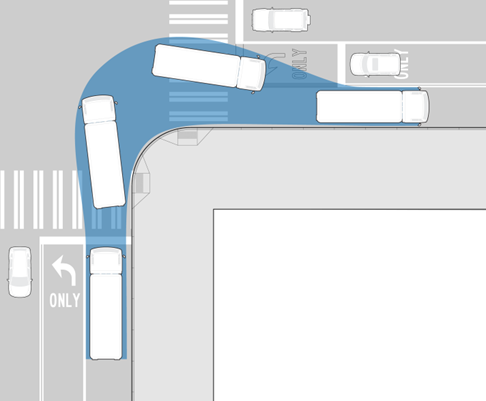A pair of new traffic lights that have loomed over Massachusetts Avenue in Lexington for months will soon be turned on.
Reconstruction of a stretch of road along Massachusetts Avenue - the project of which the lights were a part - is entering its final stages and is projected to be completed on schedule and slightly under budget, according to MassDOT.
The project, which encompasses roadway from Marrett Road to Pleasant Street, is aimed to improving safety conditions at three intersections in the area. It included consolidating some uncontrolled mid-block crosswalks, improving bus stops and providing bicycle accommodations, according to MassDOT’s website. The project is scheduled to be completed in late fall, and is projected to cost about $4.2 million, Victoria Mier, communications assistant for MassDOT said in an email. The project’s original budget was $4.5 million.
Sidewalks still to come
Construction is currently being done on sidewalks on Marrett Road and on Massachusetts Avenue eastbound from Marrett Road to Maple Street, Mier said.
“The primary work items that remain include the installation of the remaining sidewalks, landscaping, activation of new traffic signal systems, and miscellaneous clean-up items,” Mier said on July 6.
Ross Morrow, Lexington’s assistant town engineer, said the project is about 75 percent finished.
“I think they’ve got quite a solid bit of concrete work to do,” Morrow said. “I would say the majority of this month will be pouring concrete sidewalks and driveways.”
Right now the sidewalks are essentially a “gravel walk area” and has been “for a while now,” Morrow said.
“It will be nice to get the concrete back in place,” Morrow said. “We’re dealing with it the best we can.”
One traffic light remaining
Along with new sidewalks, the project also includes two new traffic signals on Maple and Pleasant Streets, Morrow said.
“It’s in Eversource’s hands right now,” Morrow said.
Michael Durand, a spokesman for Eversource, said the work is expected to be completed soon.
“We connected one set at Maple (Street) and Mass. Ave. We have one other set to connect, pending the wiring inspection,” Durand said on July 10.
Morrow said the project is still on schedule to be completed by late October.
“That includes all sorts of cleanup,” Morrow said. “Once everything’s in place and active, the contractor will still have to go through (and) clean out the catch basins and do final seeding of any disturbed areas, stuff like that.”


